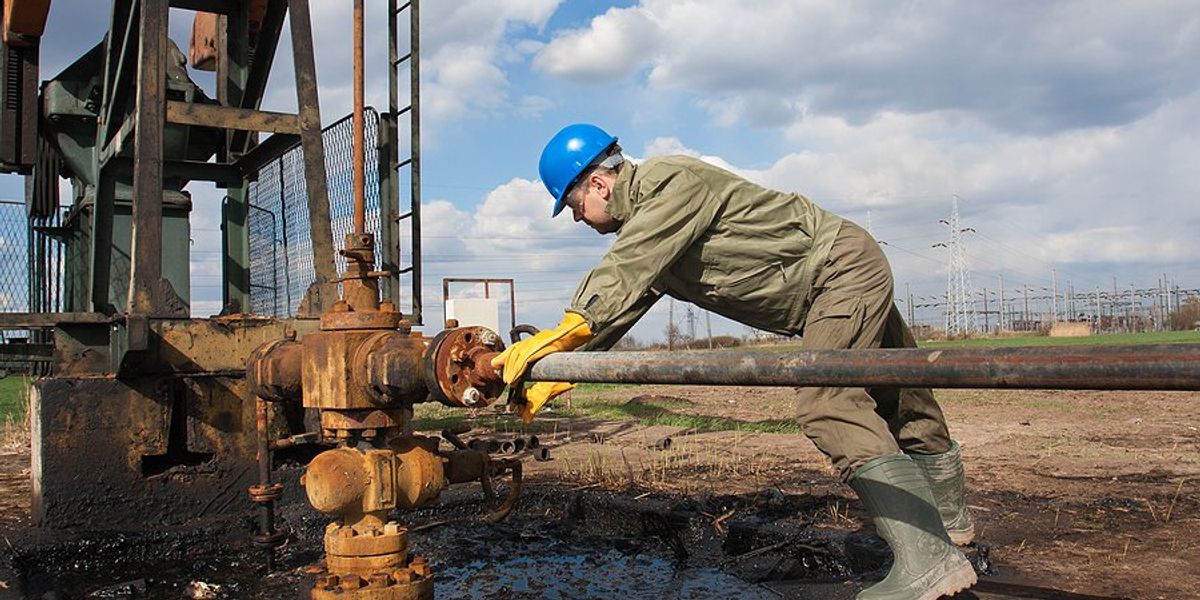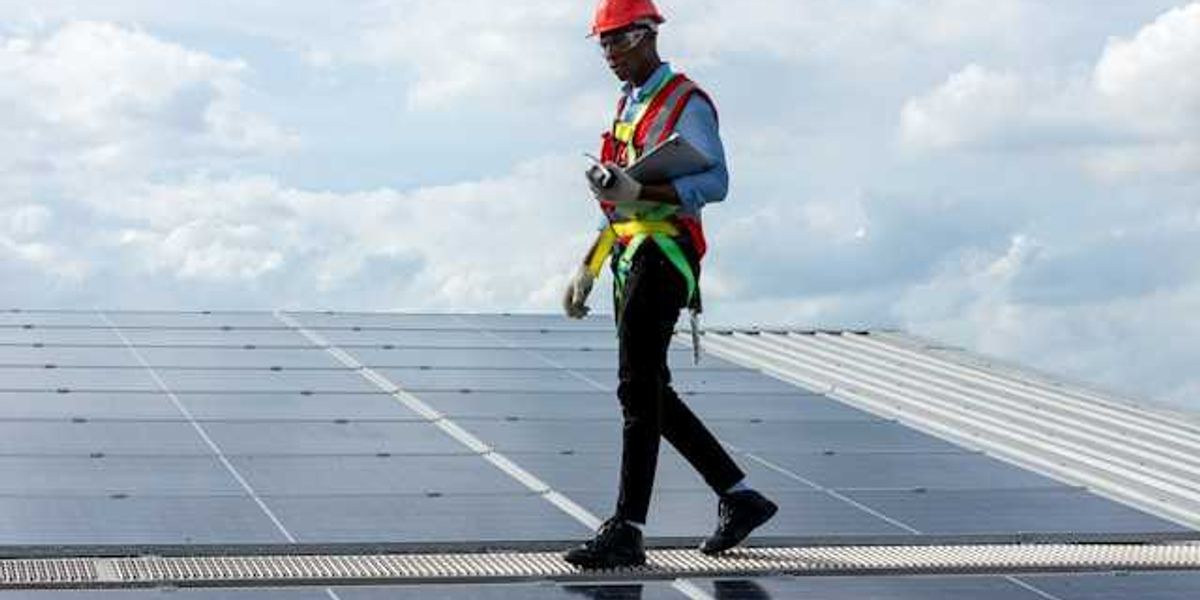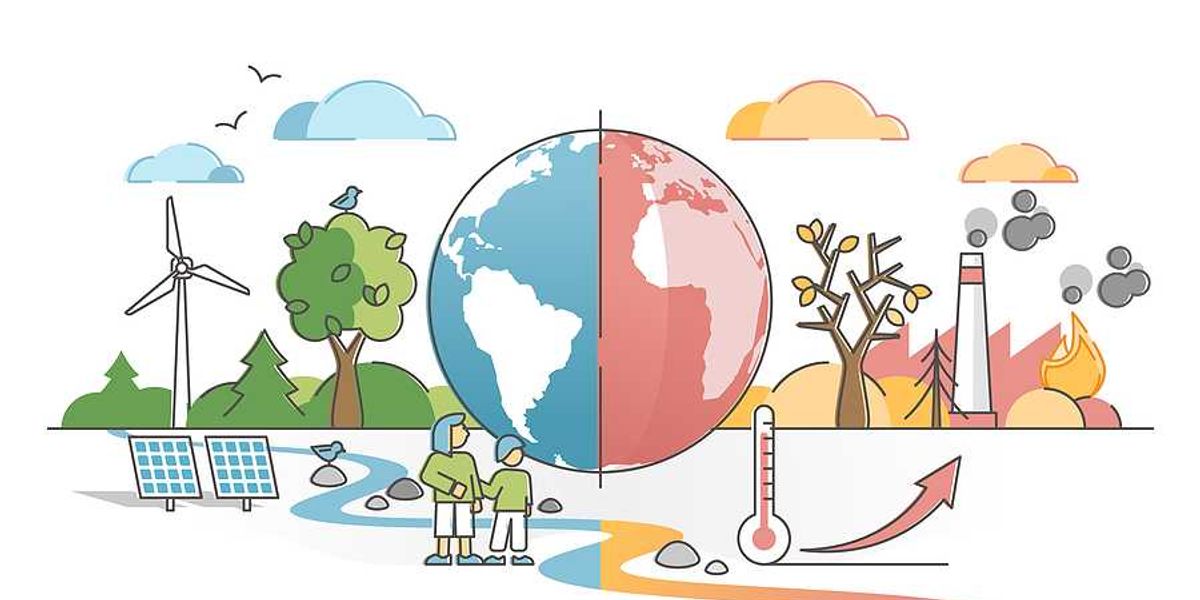
EPA gives drillers an 18-month reprieve on methane leak controls
The U.S. Environmental Protection Agency has postponed methane-control requirements for new and existing oil and gas wells by up to 18 months, teeing up a potential rollback of the rule.
Rachel Frazin reports for The Hill.
In short:
- The interim final rule, issued quietly this week, delays deadlines for leak-detection equipment and bans on routine flaring that the Biden administration finalized last year.
- EPA argues some provisions are “not currently workable,” while environmental advocates say the pause rewards operators that never began planning for cuts already adopted by peers.
- The agency also listed the methane standard among Biden-era rules it may rescind and, in a separate action, moved to revoke its decades-old finding that greenhouse gases endanger public health.
Key quote:
“Many oil and gas operators have already been complying with these requirements for nearly a year, while others are investing and planning ways to reduce methane pollution to meet the standards. Delaying implementation will simply give a handout to the worst actors who would be able to continue their polluting ways with zero consequences or accountability to neighboring communities."
— Mahyar Sorour, director of the Sierra Club’s Beyond Fossil Fuels Policy
Why this matters:
Methane traps roughly 80 times more heat than carbon dioxide over its first 20 years in the atmosphere, making leaks from wellheads and pipelines a fast driver of climate warming and the extreme weather that follows. Flaring and venting also release benzene and other toxics linked to cancer, compounding health risks for workers and for the mostly rural, often low-income communities that live downwind of drilling fields. When federal enforcement stalls, states with large oil plays — from Texas to Pennsylvania — tend to follow suit, leaving a patchwork of protections that can hasten regional smog, burden local hospitals, and undermine global efforts to keep warming below 1.5 °C.
Related: New satellite designed to track methane emissions goes dark in orbit













